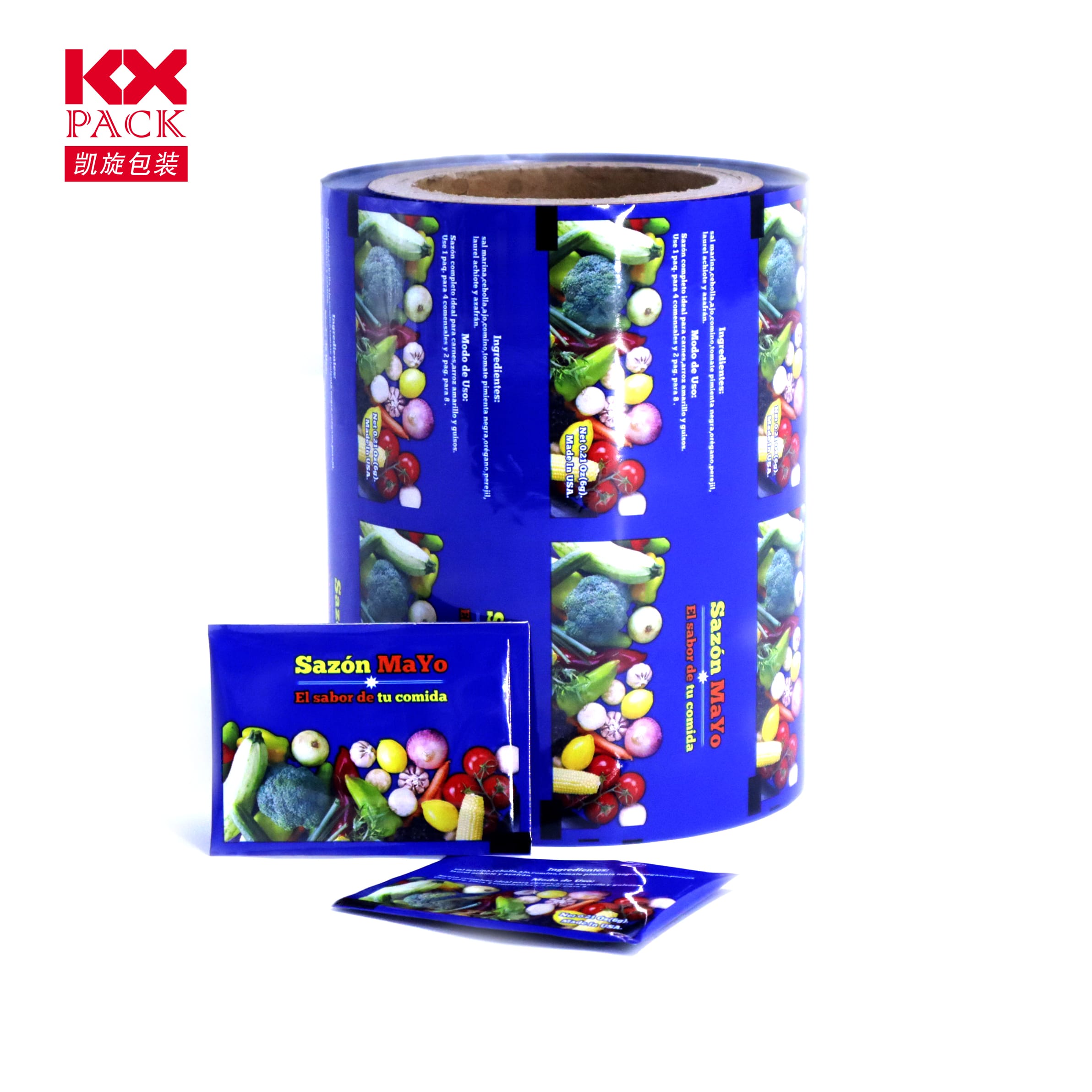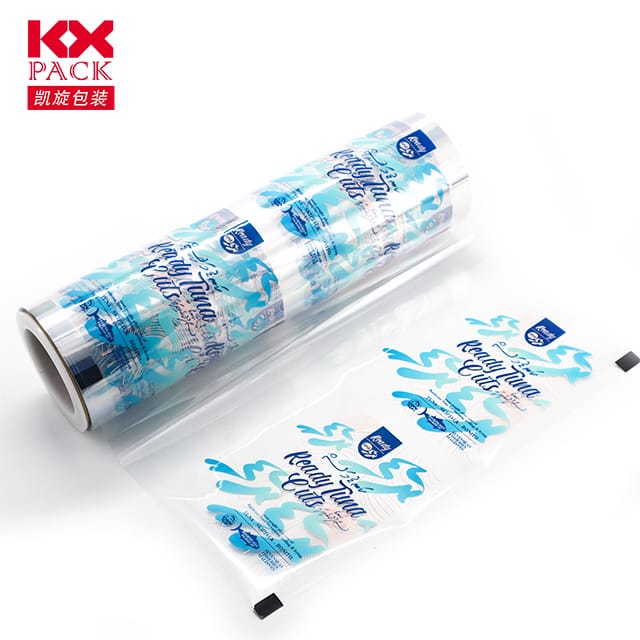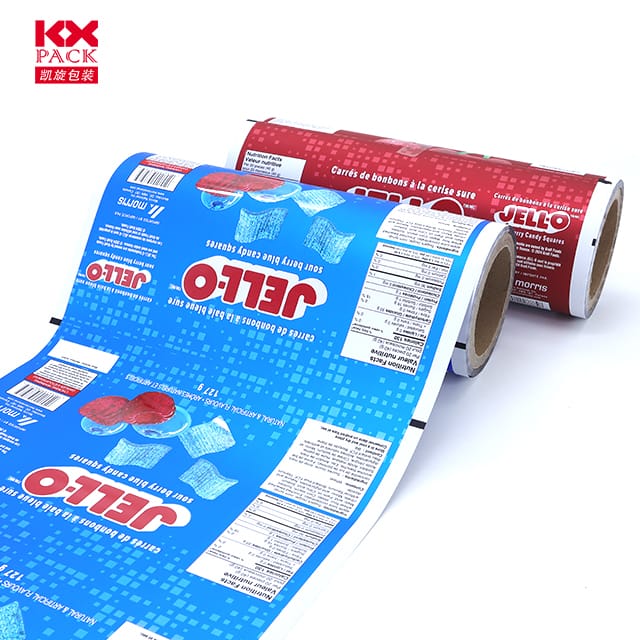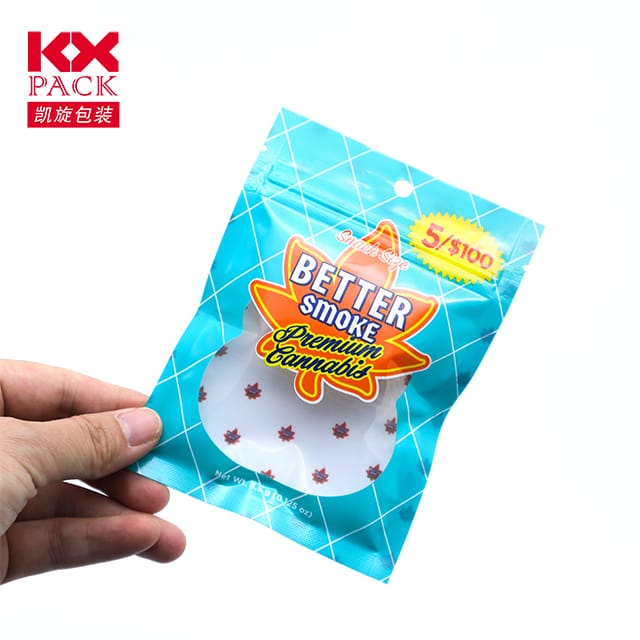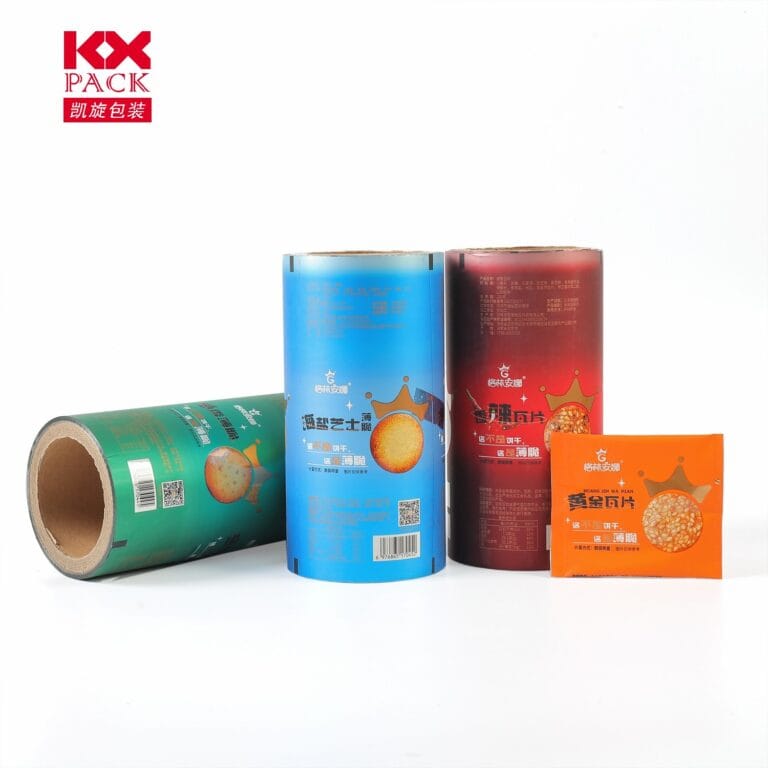Fleksebla plasta filma pakaĵo: La estonteco de inteligenta, Daŭrigebla, kaj multflanka pakaĵo
Fleksebla plasta filma pakaĵo
In a world where convenience, Daŭripovo, and brand differentiation are paramount, flexible plastic film packaging has emerged as a revolutionary solution. De manĝaĵoj kaj farmaciaĵoj ĝis elektronikaĵoj kaj e-komerco, this lightweight, adaptable material is reshaping how products are protected, Prezentita, kaj konsumita. Let’s dive into why flexible plastic films are dominating the packaging industry—and how they’re evolving to meet tomorrow’s challenges.
Why Flexible Plastic Film Packaging? La kernaj avantaĝoj
1. Unmatched Versatility
Flexible plastic films—such asBOPP (Duakse Orientita Polipropileno), DORLOTBESTO (Polyethylene Terephthalate), and PE (Polietileno)—can be engineered to meet diverse needs:
- Baro -protekto: Multi-layer films block oxygen, humideco, kaj UV -lumo, Etendante breto -vivon ĝis 50% for perishables like snacks and coffee.
- Formability: Thermoformable films mold precisely around products, reduktante materialajn malŝparojn kompare al rigida pakaĵo.
- Travidebleco & Printability: Klaraj filmoj montras produktojn, while high-definition printing options (T.e., flexography, digital, or gravure) enable vibrant branding without labels.
2. Sustainability in Focus
The global Fleksebla plasta filma pakaĵo market, valued at $341.6 Miliardo De 2028, is driven by eco-conscious innovations:
- Recikleblaj filmoj: Mono-material structures (T.e., All-pe saketoj) are easier to recycle than traditional multi-layer laminates.
- Biodegradeblaj ebloj: Films made from PLA (Polylactic Acid) aŭ PHA (Polyhydroxyalkanoates) decompose within 6–18 months under industrial composting.
- Lightweighting: Flexible films use 70% less plastic than rigid alternatives, cutting transportation emissions and material costs.
3. Kosto-Efikeco & Scalability
- Production Speed: High-speed flexographic printing (ĝis 1,500 feet per minute) makes flexible films ideal for mass-market brands.
- Reduced Storage Costs: Rolls of film occupy 80% less space than pre-formed containers, optimizing warehouse efficiency.
- On-Demand Customization: Digital printing enables small-batch runs with zero setup costs, perfect for niche products or seasonal campaigns.
Key Applications Across Industries
1. Manĝaĵo & Trinkaĵo
- Staraj Sakoj: Replacing cans and jars for soups, nuksoj, and pet food, these pouches use 60% Malpli Materialo and feature resealable zippers.
- Modified Atmosphere Packaging (Mapo): Films with oxygen scavengers preserve freshness for meats and produce.
- Retort Pouches: Sterilizable films withstand high temperatures, ensuring safety for ready-to-eat meals.
2. Farmaciaĵoj & Healthcare
- Child-Resistant Pouches: Fleksebla plasta filma pakaĵo with tamper-evident seals meet safety regulations for medications.
- Cold-Form Blister Packs: Aluminum-laminated films protect light-sensitive drugs from degradation.
3. E-komerco & Logistics
- Air Cushion Films: Inflatable plastic films replace Styrofoam peanuts, reducing shipping damage by 90%.
- Anti-Static Films: Safeguard electronics from electrostatic discharge during transit.
Technological Innovations Driving the Market
1. Smart Packaging Integration
- NFC Tags & QR Codes: Embedded in films, these enable consumers to scan for product authenticity, recycling instructions, or promotional content.
- Tempo-Temperaturaj Indikiloj (Paĉjo): Color-changing labels on perishable goods alert retailers to spoilage risks.
2. Advanced Manufacturing Techniques
- Nano-Coatings: Ultra-thin layers enhance barrier properties without adding weight.
- Laser Scoring: Precision cuts allow easy opening while maintaining package integrity during shipping.
3. Circular Economy Solutions
- Kemia reciklado: Breaks down mixed plastics into reusable monomers, enabling infinite recycling loops.
- Upcycling Initiatives: Kompanioj kiel Dow kaj Amcor are converting post-consumer films into new Fleksebla plasta filma pakaĵo materials.
Challenges & Future Trends
1. Recycling Infrastructure Gaps
Nur14% of flexible packaging is recycled globally, largely due to contamination and lack of collection systems. Solutions include:
- Standardized Labeling: Clear recycling instructions to educate consumers.
- Deposit Return Schemes (DRS): Incentivizing returns of used films.
2. Reguligaj premoj
Governments are imposing stricter rules on single-use plastics. Ekzemple, theEU’s Single-Use Plastics Directive bans non-recyclable films by 2030.
3. The Rise of Bio-Based Alternatives
By 2030,30% of flexible films are expected to be plant-derived, reducing reliance on fossil fuels.
Konkludo: Flexibility Is the Future
Flexible plastic film packaging isn’t just a trend—it’s a strategic imperative for brands aiming to balance performance, Daŭripovo, and cost. As innovations likesmart sensors, compostable materials, and closed-loop recycling gain traction, the possibilities are endless.
Por kompanioj: Embrace flexibility by partnering with suppliers who prioritize circular design and transparent sustainability reporting.
For consumers: Look for brands using recyclable or compostable films, and recycle properly to close the loop.
The packaging revolution is here—and it’s flexible. 🌱✨
What’s your favorite example of innovative flexible packaging? Kunhavigu viajn pensojn sube!

